New packages from P&G, Anheuser-Busch & Kellogg shine this summer
Packaging innovations from major brand owners always play well with our audience. It’s interesting to see what money (supposedly in more supply) and talent can accomplish, right? Based on number of page views, three of the top five articles posted to PackagingDigest.com in August 2017 showcased new package introductions from brand leaders Procter & Gamble, Anheuser-Busch and Kellogg.
The other two top items involve plans by some companies to eliminate expanded polystyrene (EPS) packaging and a surge of interest in a new food processing method that also has the attention of the new Whole Foods owner, Amazon.
In reverse order, our top stories for August 2017 are:
Page 1: #5. P&G develops child-resistant closure for tubs of laundry pods
Page 2: #4. Anheuser-Busch launches foil-top cans for Estrella Jalisco beer
Page 3: #3. Food packaging identified for new MATS processing
Page 4: #2. Target, McDonald’s and others nix EPS packaging
Page 5: #1. Kellogg’s kits packed for on-the-go snacking
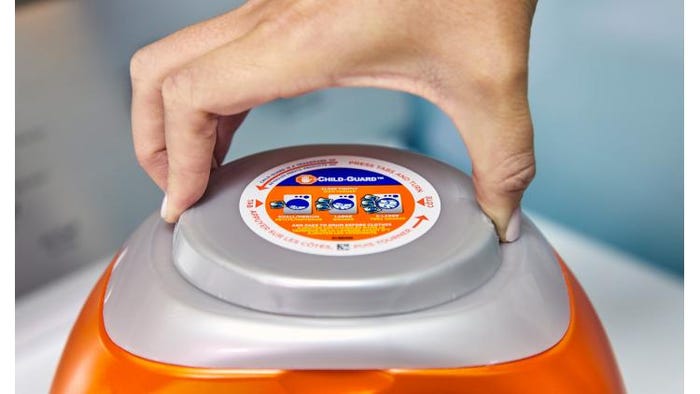
#5: P&G develops child-resistant closure for tubs of laundry pods
Survey after survey shows that consumers want/demand easy-open packaging. So when is a harder-to-open package an advantage rather than a turn-off? When a child’s health and safety are at risk.
Ever since their introduction, laundry pods, while convenient and effective, have been tied to an increase in child poisonings. Kids are attracted to their colorful designs, thinking they are candy.
Procter & Gamble addressed the issue with opaque tubs and a triple-latch closure. It has now replaced that previous child-deterrent closure with a new child-resistant closure that makes it even more difficult for children to open the tub to gain access to the laundry pods.
Packaging Digest followed up with P&G to get more, exclusive details about the packaging improvement, which you can read by clicking the link in the headline above.
NEXT: Anheuser-Busch upscales beer
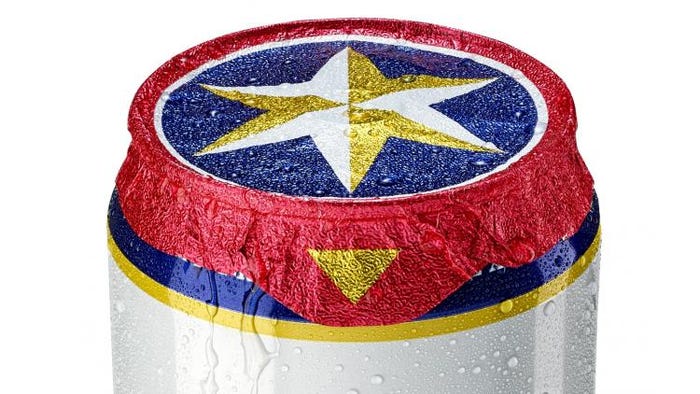
#4: Anheuser-Busch launches foil-top cans for Estrella Jalisco beer
Hmm…how can we dress up an aluminum beer can to signal that the product is something special? Perhaps if Anheuser-Busch had known about the new matte/gloss decorating option from Ardagh, it might have gone that route.
Instead, packaging developers at A-B added a foil lid that wraps around and seals to the top of the can, over the usual pop-top lid. This elevates and differentiates its Mexican brand: Estrella Jalisco. The brand’s iconic star, or estrella, is featured on the foil lid.
While the company declined to share details about any production line changes (and, yes, there were some), Yonathan Bendesky, director, Mexican imports, at Anheuser-Busch did explain the marketing strategy: “Despite canned beer’s past perception, consumers are now considering and adopting canned beer at quicker rates. We are capitalizing on that trend and differentiating Estrella Jalisco by adding an extra layer of protection that also adds a premium element to our beer, which we hope will ensure that our consumers have an excellent experience when consuming our carefully crafted brew.”
NEXT: What does Amazon see in MATS?
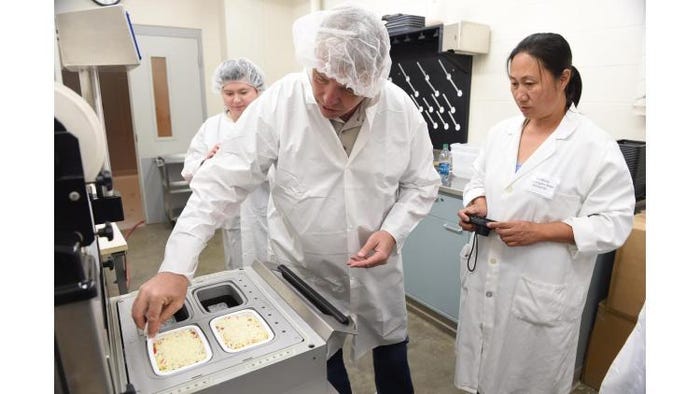
#3: Food packaging identified for new MATS processing
How does an article from June 2015 land in the Top 5 list for August 2017? It got a tiny push from a giant called Amazon.
Recent news about Amazon’s interest in Microwave Assisted Thermal Sterilization had people searching for more information on this fairly new thermal processing method. Our 2015 article rose to the occasion, showing up in web searches at the top of the list.
What Amazon, and other food companies, like about MATS is that it minimizes time-temperature requirements compared to retorting to produce better-tasting foods with cleaner labels and, thus, a “healthier” halo for today’s discerning consumers.
NEXT: EPS on notice
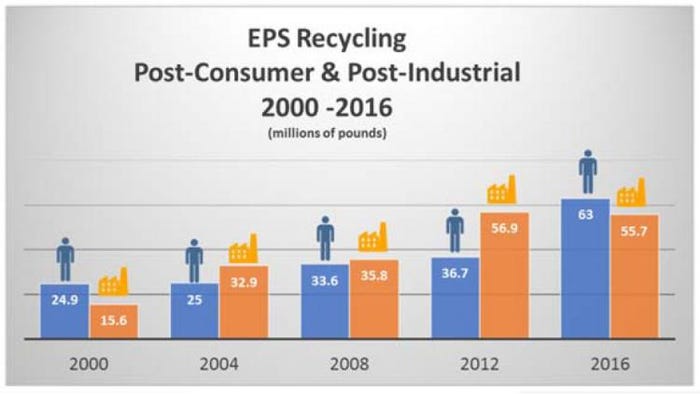
Source: EPS Industry Alliance, 2016
#2: Target, McDonald’s and others nix EPS packaging
With a recycling rate of 38% in 2016 for expanded polystyrene (EPS), why are companies eliminating the affordable, reliable protective packaging material from their options?
They have their reasons, of course.
For example, Kim Carswell, packaging director at Target, explains why the retailer plans to eliminate EPS from Target-owned product packaging by 2022 as one of its five new sustainable packaging goals: Guests are frustrated because it’s not easy for them to recycle EPS; disposal at stores and distribution centers is problematic; and EPS is a prime contributor to ocean plastic waste, something Target wants to prevent.
Betsy Bowers, executive director of the EPS Industry Alliance, which represents EPS manufacturers, responds with several counterpoints, including the material’s most recent recycling numbers—38%, which is higher than the 30.1% recycling rate for polyethylene terephthalate/PET bottles in 2015—and this query: “Will recycling meet all our environmental goals? If recyclability is the sole benchmark of environmental worthiness, then all products that can’t be recycled would be banned.”
NEXT: Kellogg's new portable snack pack
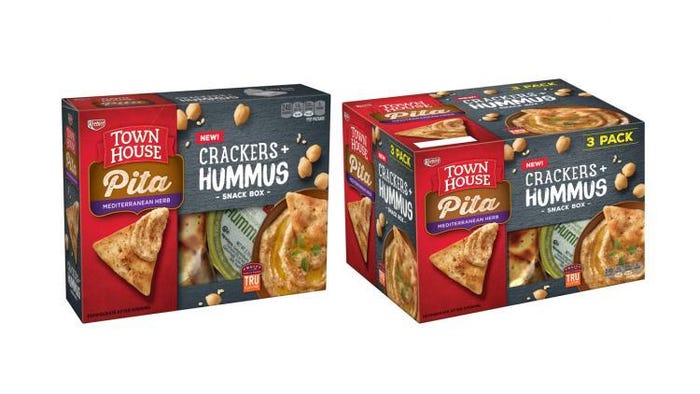
#1: Kellogg’s kits packed for on-the-go snacking
When Kellogg’s lead packaging engineer Tom Hanel asked us if we were interested in hearing the story about the packaging for a new snack kit, we answered, “Yes!” Turns out you were pretty keen to learn about it, too. This article had the highest number of page views for the month of August 2017.
With the introduction of Keebler brand Town House Pita and Flatbread Cracker and Hummus Snack Boxes, Kellogg created a new option in packaging-driven convenience: on-the-go snacking. The assemble-your-own food kit includes crackers and shelf-stable hummus—without the need for utensils—for a healthy mobile snacking option.
Packaging distinctions include:
A paperboard grade typically used in beverage packaging applications that includes a moisture-resistant coating. Hanel explains that this material was chosen “due to potential exposure to moisture in lunchboxes and coolers.”
A large window on the carton’s front panel delivers visual appetite appeal.
A specially designed open-and-reclose tuck tab gives consumers easy access to the contents so they can enjoy the snack directly from the box. “Snackers will appreciate the design that eliminates the need for a plate or other utensils and allows them to keep their space clean and tidy,” Hanel says.
A peg-hole tab expanded the product’s channel distribution because of its value at airports, convenience stores and for other point-of-sale placements.
*************************************************************************
Learn what it takes to innovate in the packaging space at MinnPack 2017 (Nov. 8-9; Minneapolis). Register today!
About the Author(s)
You May Also Like




